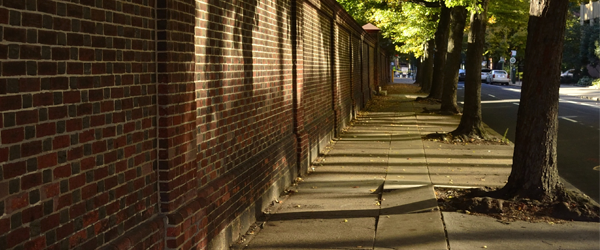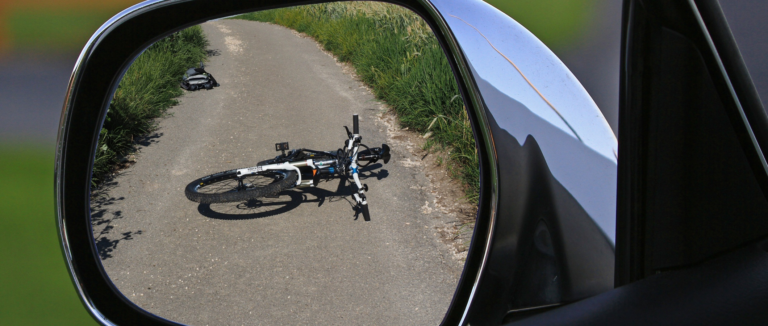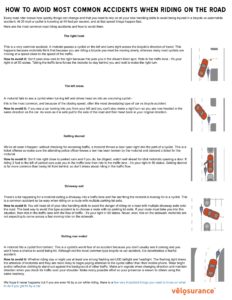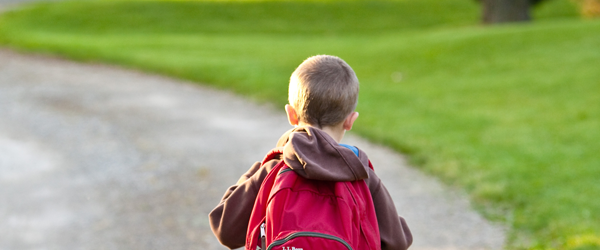
Your child has a right to attend a safe, secure, and peaceful school environment and all reasonable steps are to be taken by the school district to protect its students (Ed. Code § 48200), but what about the route getting to and from school? How do you protect your child from a catastrophic injury or worse – wrongful death – on their school route? The number of fatalities to pedestrians and cyclists in San Francisco are decreasing each year since 2013, but it’s still too high (even one is too many and we support Vision Zero for San Francisco). In 2017, 14 pedestrians, 4 motorcyclists, and 2 bicyclists were killed in vehicle collisions. Pedestrians have continued to be the largest group for wrongful deaths due to vehicle collisions in San Francisco since at least 2010. We want to help you with information about how to protect your child from a catastrophic injury when they are on their way to a safe place, to prevent you from needing a wrongful death attorney.
San Francisco Municipal Transportation Agency’s Sustainable Streets Division has created their list of the “Focus on the Five” for traffic enforcement officials to look at. These five conditions result in the most injuries for pedestrians and cyclists. To help your child be prepared for a safe walk to ride to school talk to them about these five conditions and what to look out for at intersections to prevent a catastrophic injury:
Focus on Five to the Reduce the Number of Wrongful Deaths:
- Unsafe Speed
- Failure to Yield to Pedestrians
- Violation of Traffic Signal
- Failure to Yield for Left/U-Turn
- Failure to Stop at Stop Sign
Pedestrians in California have the right-of-way in many circumstances and drivers should yield to them, but it is important for children to understand the difference between “should” and “will.” The same is true for stopping at Stop signs or even stopping completely and looking both ways for pedestrians at a crosswalk. To protect your children on their route to school and keep them from the frightening statistics of wrongful deaths in San Francisco, take the time to walk with them often and help them understand these differences about drivers, especially when children may eventually be walking to school without a taller (more easily visible) adult. If crosswalk flags are available on their route, they may be used as an added visibility tool, but they do not compensate for understanding the need for children to wait to be seen by the driver before stepping out away from the curb. The majority of pedestrian wrongful deaths over the years in San Francisco were found to be in crosswalks by the SFMTA.
Plan the Route Carefully Away from Top 13% Streets:
Anyone who has reviewed Vision Zero before might already know about the dangerous areas to walk and ride. The greater majority of catastrophic injuries and wrongful deaths occur on a very small percentage of San Francisco’s streets: just 13% of the streets and intersections make up about 75% of the fatalities and major injuries. These are often considered to be the “High Injury Corridors” of San Francisco. There is an updated and interactive map available from City and County of San Francisco here. Take time to review this map and look to see if your child’s route passes through an area known to be dangerous. If one or more wrongful deaths have occurred at an intersection your child plans to pass through daily, consider changing their planned path and discussing with them the need for the new route so that they do not divert from the new plan. If you are not currently looking at the map, 5th Street and Market Street has been at the top of the list for pedestrian and bicyclist collisions for several years.
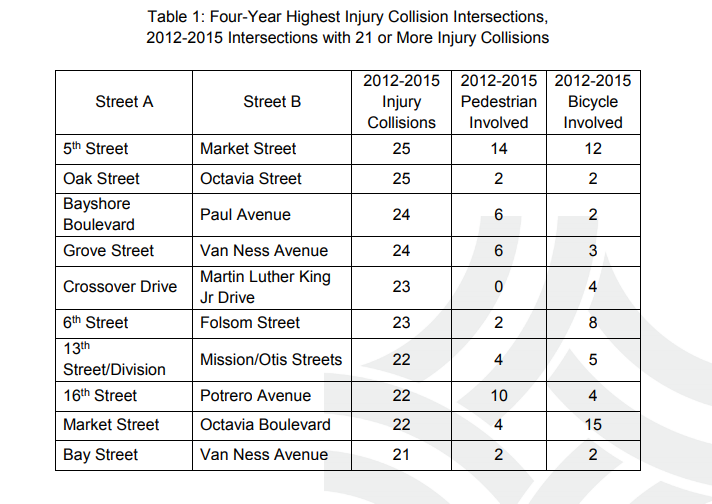
(San Francisco Municipal Transportation Agency’s Sustainable Streets Division: San Francisco 2012-2015 Collisions Report, 2016)
Local Resources Are Available for Your Child’s Safety
Your school may provide crossing guards at specific intersections. The school district’s liability is with the school’s grounds, but the school may have additional resources to offer to you.
Walk San Francisco provides annual safe route events to help children learn about planning and executing safe routes to school. They also welcome your emails. Rahman Law PC principal and founder, Shaana Rahman, is on the Board of Walk San Francisco, so don’t be surprised if you see her at one of Walk San Francisco’s events! Learn more about Walk San Francisco’s programs for planning a safe route to school here: http://walksf.org/take-action/safe-routes-to-school. Their next Walk & Roll to School Day will be Wednesday, October 10th, 2018.
If you are closer to our Paso Robles office, talk to Kidical Mass with Bike SLO County: http://bikeslocounty.org/programs/kidicalmass. Rahman Law PC sponsors Bike SLO County and some of the Kidical Mass events. There are no events currently scheduled.
A Wrongful Death Can Happen – Call Us
No one ever wants to think about losing their child. In 2016, only 1 child was lost as a pedestrian fatality in San Francisco, but in California, the average is about 29% of children under 14 killed in a traffic collision are pedestrians which is actually higher than the overall average of 21% of total traffic collision deaths being pedestrians (CDPH Traffic Safety Reports: Pedestrian Injuries in California 2007-2013, June 2017). Keep talking to your children. If you or someone you know is injured as a pedestrian or bicyclist in a vehicle collision, call us. You are welcome to speak with one of our wrongful death attorneys or pedestrian and bicycle accident attorneys. Consultation are free.

